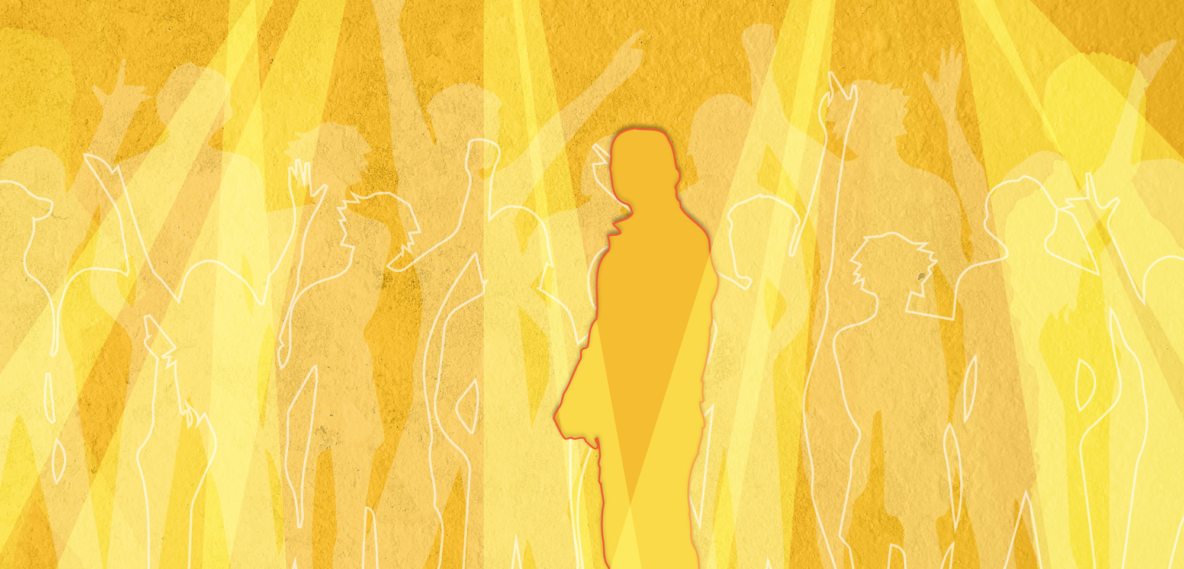Our teens are bound to start going to parties sooner or later.
This conversation is from our Free Guide: 7 Conversations About Substance Use to Have With Your Teen (And When to Have Them)
We all understand that it’s our responsibility to ensure our teens grow up in a safe environment. This especially holds true as they transition between teen and adolescent and start exploring themselves and their environments more actively. Despite wanting to help, it can be challenging to approach them when it comes to things they think we don’t understand. One such instance is when they inevitably start going to parties.
Research suggests that many teenagers will be tempted to try drugs and alcohol between the ages of 15 and 17. To preempt this, it’s important to start crafting a safety plan as early as the 9th grade. The goal of this is to encourage our teens to really consider what they’ll do when they encounter substances or feel otherwise feel unsafe, and help them make a plan for what to do when that happens.
Creating your teen's first party safety plan
When to have this conversation
9th or 10th grade
Why have this conversation
Data shows that most teens first start experimenting with drugs between the ages of 15 and 17. Because of this, ages 14/15 are a good time to start putting a safety plan together.
As your teens grow older it’s natural to revisit this conversation and for elements of your initial safety plan to be revised.
Goals for this conversation
Encourage our kids to reflect on, and think critically about, what they should do in various situations where they might encounter drugs and alcohol.
Create the basics of a safety plan. Some elements of a safety plan you might start with are:
- Make sure they have a plan for how to get home safely from parties (especially if there isn’t a designated driver) and walk through the options with them
- Make sure they have a plan for what to do if their friend has been drinking/using drugs but insists that they’re ok to drive. It can be to call a car service, or making sure thet know how to help that friend get home safe.
- Make sure they have a plan for what to do if they’re feeling pressured to drink/try drugs and they don’t want to
- Make sure they have a plan for what to do if they’re at a party and someone drinks too much/gets hurt/overdoses
How to start this conversation
Say something along the lines of, “I know it’s awkward to talk to me about drugs and alcohol but you’re getting to an age where you may start going to parties and I want to make sure you know what to do if you’re ever uncomfortable or there’s an emergency.”
Safety Plan Suggestions
- Create a code word/emoji your kid can text to you if they ever need to make a dignified escape.
- Create a dedicated Uber/Lyft account for them to use if they’re ever in a situation where they need to get home and there’s no designated driver.
- Get trained in Narcan together so they know how to recognize and prevent overdoses. While this might seem scary, it has the potential to both educate and empower your teen.
- Do all of the above in conjunction with a close friend and their family.
Creating a dialogue for safe partying with your teen may seem like a daunting task, but an important one nonetheless. By starting this conversation early on and revisiting it as they grow older, you can equip your teen with the necessary tools to make safe decisions when it comes to substance use in social situations.
Again, it’s important to make sure they can always exit unsafe situations smoothly. A big part of the risks teens face come from a place of feeling self-conscious - stepping out of situations that seem befitting for their age or friend circles can be tricky. Ultimately, with a solid safety plan in place, you can have peace of mind knowing that your teen is prepared to handle any situation that may arise when they inevitably end up at a party.
Read More: Teens who are taught harm reduction techniques are less likely to overdose or suffer other adverse effects from drug use.
Share this Post


